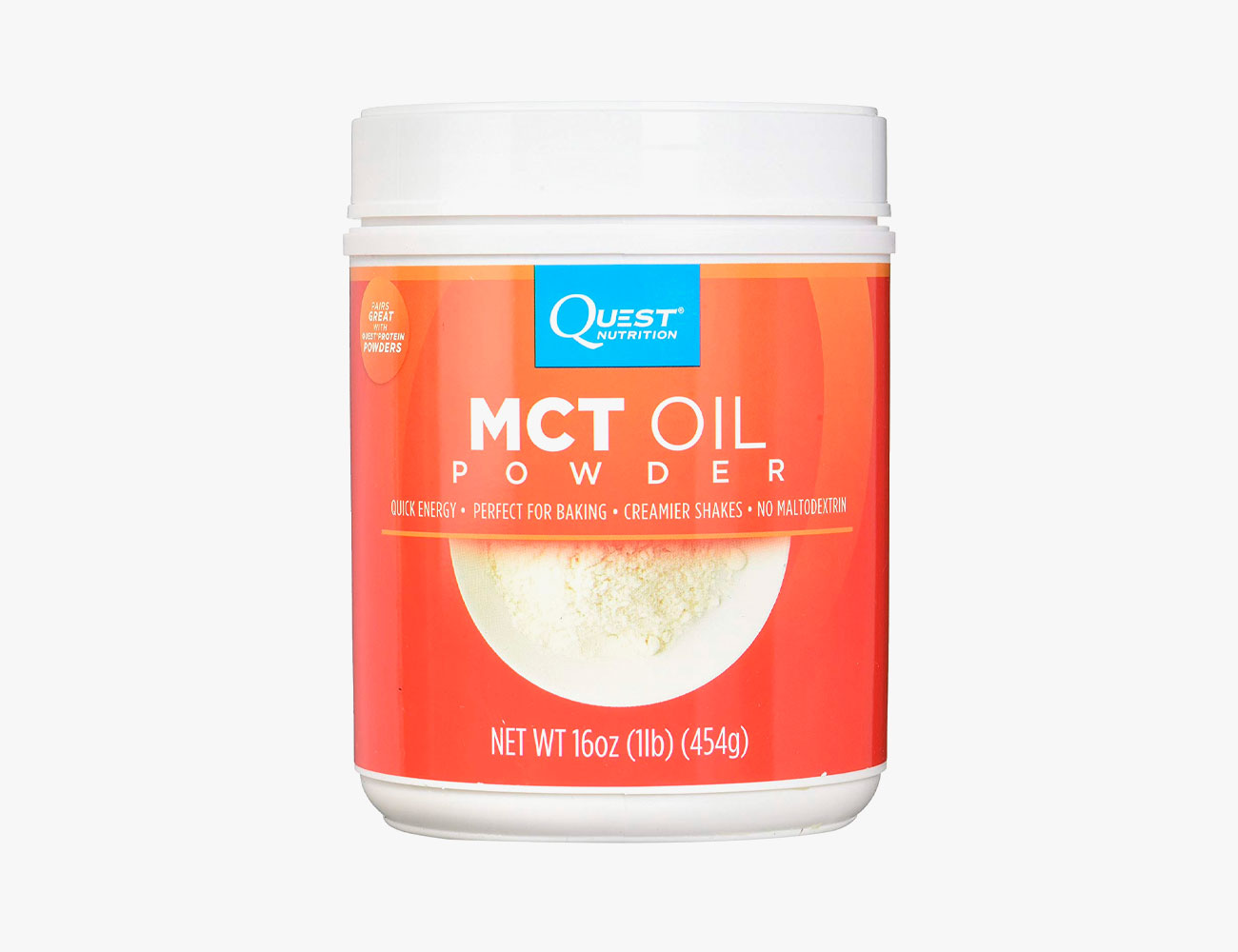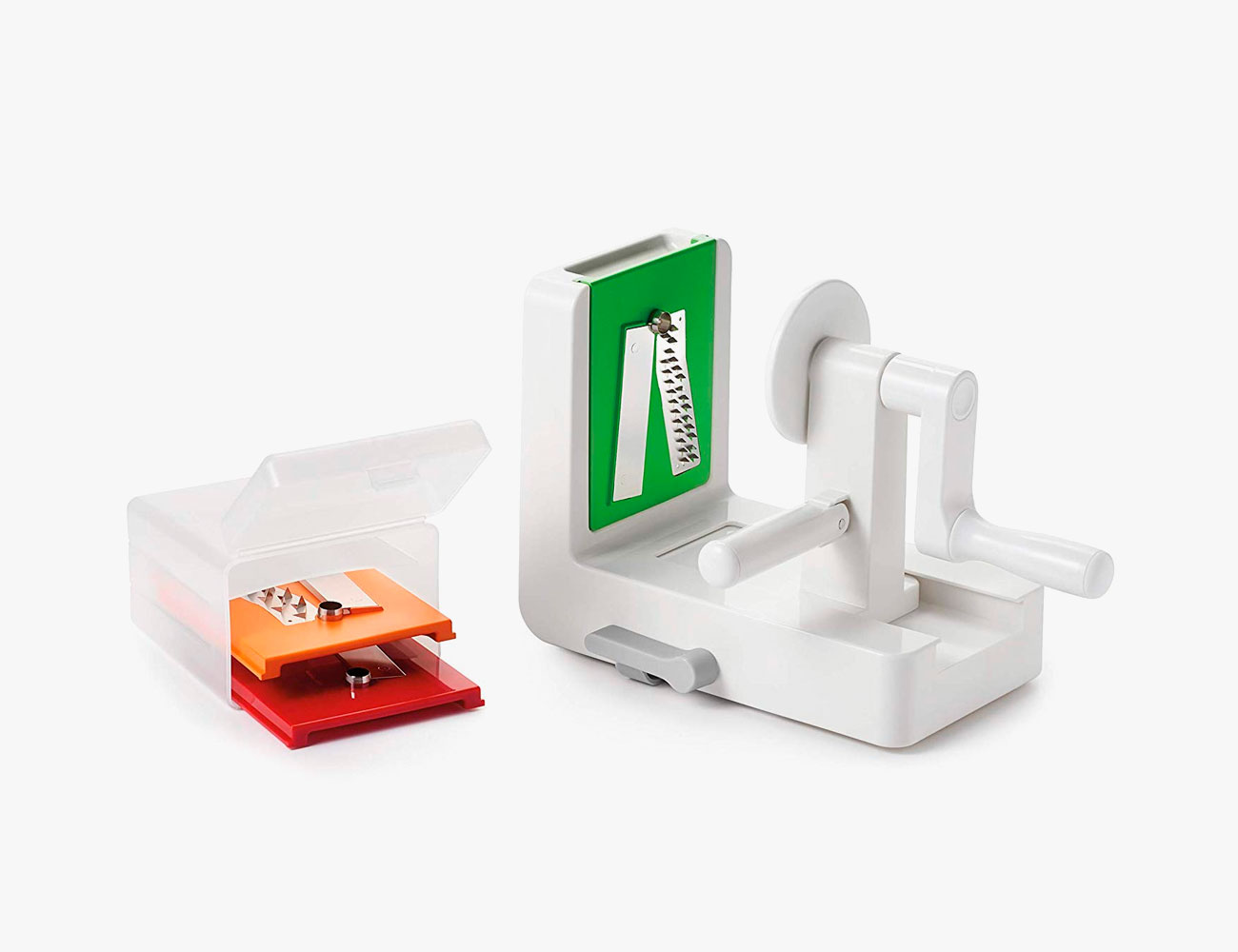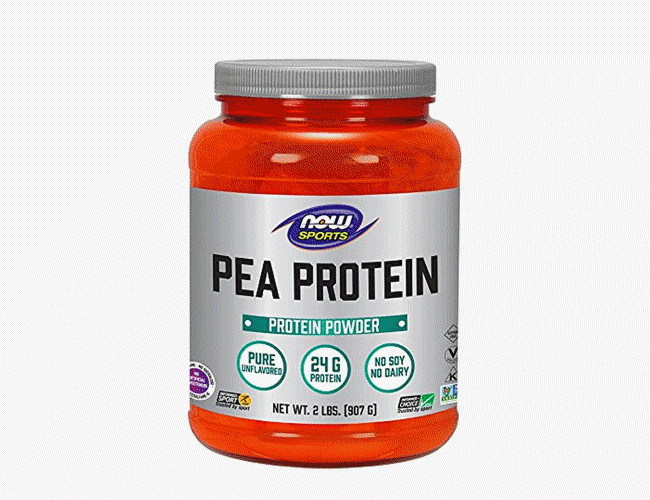If you’ve read the news lately, you’ve likely seen the spike in coverage on the keto diet. It’s become popular among endurance athletes as a way to change how their body creates energy, and it’s picked up speed in gyms across the country. Alicia Vikander used it to prepare for the Tomb Raider movie that came out early last year, Lebron James dabbled with it as a challenge, and other athletes including ultra runner Timothy Olson have turned to keto to make themselves faster and stronger during moderate levels of exercise, such as walking, swimming or hiking.
To start, you slash your carbohydrate intake and make fats the bulk of your daily calories, with the goal of putting your body into ketosis and keeping it there. When your body doesn’t have enough glucose from carbs (pasta, bread, etc.) to burn to create energy, it burns stored fat (from coconut oil, MCT oil, etc.) instead. The result is a build-up of acids called ketones, plus the stuff that makes keto popular: weight loss and (eventually) longer sustained energy.
“One of the best ways to ensure you stay in ketosis is to follow the diet macros closely — 80-plus percent fat, 1 gram per kilogram of body weight in protein and no more than 60 grams of low-glycemic carbohydrates (think green leafy veggies, nuts or seeds and some berries),” says Seattle-based Ginger Hultin, RD, Spokesperson for the Academy of Nutrition and Dietetics. You’re mostly eating avocado, nuts, seeds, beef, poultry and fish.
Of course, changing your fuel source can impact your workouts, because you need carbs for performance, strength and recovery. “Men who do intense HIIT and CrossFit-style workouts find that a higher carbohydrate range builds muscle and provides energy for workouts,” notes Hultin. Enter the Targeted Keto Diet: timing your carb intake so you’re eating just before, during or after a workout — in the proper doses, of course. You can cycle in more carbs on training days, adding in 25 grams around your training, says Dr. Ryan Lowery, co-founder of The Applied Science and Performance Institute and author of The Ketogenic Bible.
Keto is particularly beneficial for athletes in long-distance running, contact sports where brain injury is more common, and during the off-season. Lowery recommends not doing keto in season, as it’s hard to get your body to adjust.
As you might imagine, it’s a pretty restrictive diet, so you’ll need to make sure you have the right set of tools to make it work for you. Here’s what you need to get started.
Disclaimer: Please note that Gear Patrol is not providing medical advice, diagnosis or treatment. All the information below is not intended as a substitute for medical advice. We highly recommend you see a healthcare professional before starting a new regimen.
Keto Protein Bars and Snacks
For athletes looking for quick fuel or recovery, keto-friendly protein bars are a necessity. Plus, they taste (kinda) like carbs, which you might miss once you’re on the diet. “Protein bars are hard on keto diets because typical ingredients like fruit or even nuts are too high in carbs and can kick you out of ketosis,” says Hultin. Some great picks that have no sugar or fruit and are made of fat and some protein include bars from Perfect Keto, Quest Protein Cookies, FatSnax and Bulletproof Collagen Bars. If you want something salty, resist that bag of chips (not keto friendly) and dig into Quevos, a keto-appropriate chip alternative made from egg whites.
KetoCoach
It’s essential to regularly test the ketone levels in your blood to make sure you’re in ketosis, says Hultin. That means you’ll need a blood or urine test. KetoCoach is a handy tool that’s easy to use, relatively painless (despite pricking your finger) and reliable.
Perfect Keto Ketone Testing Strips
If you don’t like the idea of blood testing (who does?) and want something convenient and quick, you can go with urine strips, like Perfect Keto Ketone Testing Strips, recommended by Kristin Kirkpatrick, RD. While urine strips might not be 100 percent accurate, they are easy to use and still give you a reasonable estimate as to the level of ketones your body is producing.
Nuun Hydration Sport Tabs
On the keto diet, you’re losing electrolytes, which is why you get so thirsty, and it’s hard to make sure you’re getting enough sodium, magnesium and potassium when you’re eating mostly fat and some protein. Finding electrolyte sources, especially when you’re athletic, is critical, says Lowery. Beyond just pouring more salt on your food, the Nuun hydration sport tabs can help.
Stevia
You can’t add sugar to recipes, as it spikes your blood sugar and will kick you out of ketosis. Luckily, you can use stevia, as well as other sweetener alternatives (allulose, monk fruit and erythritol), which can be excellent for sweetening beverages and baked goods. These alternatives won’t impact glucose levels. “People tend to notice that their palate changes on keto and they don’t tend to crave as sweet of foods, but these low-carb alternatives can be helpful to enjoy a sweet indulgence once in a while,” says Lowery.
Quest MCT Oil Powder
When going keto, you want to increase your fat intake as much as possible to boost how full you feel and meet your daily nutrient requirements, and MCT oil helps you hit both goals. Add it to your morning cup of java or baked goods and shakes. Dr. Lowery likes MCT Oil Powder from Quest Nutrition, as it has zero carbs and sugar. And studies show that MCT can help your body burn more fat, compared to olive oil.
DASH Compact Air Fryer
An air fryer, like the DASH Compact Air Fryer, is a great kitchen appliance to have to make over your favorite comfort food dishes—everything from fish and chips to fried chicken—that are typically filled with carbs and sugar. Give your veggies a “fried” and crispy texture, making them feel more indulgent.
OXO Good Grips 3-Blade Tabletop Spiralizer
Kirkpatrick recommends getting a spiralizer, as you can make pasta-like dishes with vegetable-based noodles for keto meals. While there are several on the market, the OXO Good Grips 3-Blade Tabletop Spiralizer is highly rated on Amazon and lets you make spaghetti, fettuccine and ribbon-cut noodles with ease. Next time you’re looking for a base for meatballs or chicken parm, you know where to turn.
The 6 Best Protein Powders Available
Protein powders are polarizing. We chat with a sports nutritionist to get a better picture of what’s really needed. How many grams of protein do you need and do you have to supplement with powders? Read the Story













